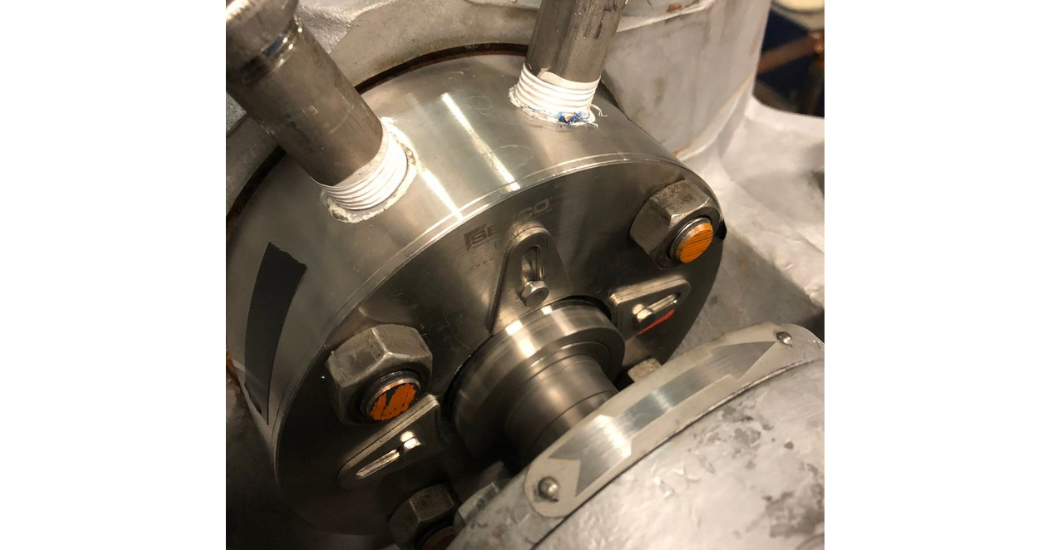Best practices and some tips can effectively enhance the longevity of your mechanical seals. These seals play a crucial role in maintaining optimal performance for rotating machinery, including pumps, compressors, and any equipment utilizing rotating shafts. These seals have few issues when following a proper inspection and maintenance plan. However, if the equipment and its seals are not regularly maintained, this will lead to visible leaks causing significant downtime and, in some cases, injury to employees. To avoid this, following some best practices, you can extend the lifetime of your units’ mechanical seals and the whole system.
How to Improve the Lifetime of Industrial Pumps & Mechanical Seals
Unplanned production downtime can be a nightmare for operations managers, which is why the maintenance team is critical when looking at improving the lifetime of seals. The plan should include a full industrial pump service focusing on more than just the specialized equipment. It is recommended contacting an expert maintenance team to develop a plan for the entire system. Pipes, valves, and other areas are just as important for the manufacturing plant’s operation.
Best Practices for Pump & Seal Maintenance to Extend the Lifetime of Your Mechanical Seals
To ensure proper operation, several best practices should be followed.
Don’t Let the Seal Run Dry
The most crucial consideration to avoid multiple mechanical seal repairs is never to let the seal dry out. When there is no liquid between the seal faces to cool them down, heat will build up, resulting in dry seals. If this isn’t monitored and seals dry out completely, they can crack and cause catastrophic seal failure. Installing a dry-run monitor connected to an alarm or notification setting is one way to ensure your seals don’t run dry. This monitor will alert employees when a seal has insufficient lubrication to function correctly.
Avoid Excessive Vibration
If a pump system operates outside its Best Efficiency Point (BEP), recirculation and cavitation can lead to vibration moving through the impeller, the pump shaft, and the mechanical seal. Vibration can also be caused by system degradation and wear through imbalance. One leading cause for imbalance is when pumps and industrial gearboxes are used outside their intended design specifications.
Correct Lubrication
For a seal to work properly, it relies on a cooling fluid film between seal faces. This fluid minimizes wear and friction, guaranteeing reliable performance and a pump operating within its BEP. If the improper lubricant is used, temperatures will increase in the seal chambers leading to the fluid vaporizing in the seal chamber or other damage-causing conditions. Using the correct lubrication is just as important as using the proper seals. The four most common lubricants are:
- Greases—These are usually mineral oil mixed with thickeners to create a sticky fluid. The stickiness creates a protective barrier that sticks to the surfaces.
- Oils—Oils are usually thin liquids with antioxidants added to stop the oil from oxidizing and corroding. It’s a familiar alternative if you’re trying to avoid grease.
- Penetrating lubricants—These lubricants aren’t built for long-lasting lubrication and are very specific for the intended use of infiltrating the small cracks on surfaces.
- Dry lubricants—Dry lubricants come in spray and solid form to create a slippery surface. Spray lubrications are often mixed with alcohol to evaporate after use. Solid forms, such as silicone, are more permanent.
Be Aware of Improper Installation
By fully understanding the importance of installation, technicians can help increase the life of the seals and the system. The correct installation of a seal directly impacts wear and tear during operation. If the right type and amount of lubrication is used, friction remains low. In cases where seals are installed improperly, misaligned, or not 100% geometric, these fragile seals will fail.
Trust Repair Experts
A tested and correctly executed maintenance plan saves time and money and ensures scheduled operations. However, even with routine maintenance, you’re bound to encounter scenarios where your equipment will require repairs. At that point, it’s essential you reach out to an industrial pump repair or industrial gearbox repair expert who will get your equipment back in working order in no time.
Read more about Mechanical Seals.





Comments